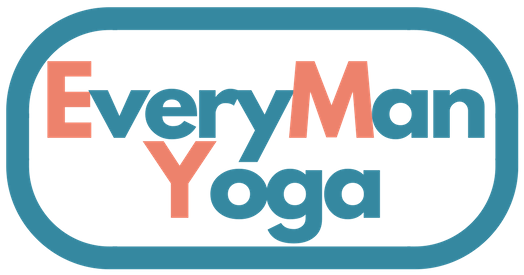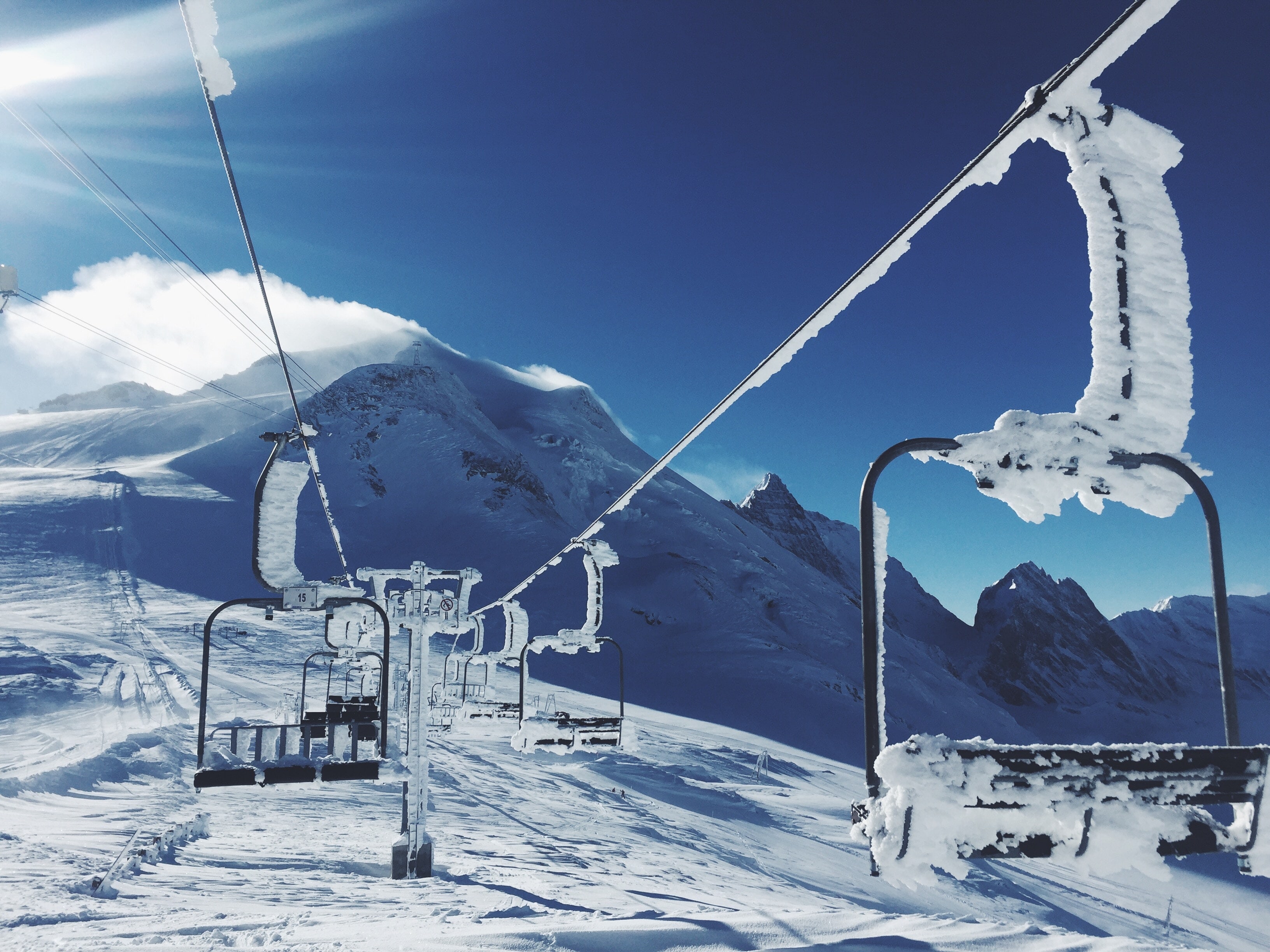What’s up, guys? I initially released this post last March, but since this ski season is pretty incredible, I figured I’d drop it again. Enjoy! You can expect some new content in the coming weeks.
Tis’ the season to go barreling down a hill (voluntarily or involuntarily) at max speed on a pair of fiberglass planks! Whether you do yoga regularly or not, here are a few ways that you can find a little yogic balance in your skiing.
As I’ve mentioned in previous posts, I tend to find yoga and exercise more or less everywhere I go. Being that I live in a very active community here in Steamboat, there is no shortage of opportunities to improve movement quality and get stronger. Of course, smack in the middle of the winter, skiing is number one.
Note: If you’re a snowboarder, more power to you— but it’s not my cup of tea. This post is directed at skiers.
I stopped skiing for a very long time, mostly because I was nowhere even remotely snowy. Fortunately, jumping back on the sticks was a lot like riding a bike. The main difference that I noticed is that I’m waaaaay more cognizant of how positioning in those rigid boots influences the way I move. I can chalk this up to having gained a hefty amount of knowledge about how the body functions through yoga and training BUT…I’m also aware that things are feeling a little bit creakier in the ol’ knees and hips. Getting old is a sonofabitch.
So I found myself sitting on the chairlift, wondering whether that twinge in the outside of my knee was my LCL trying to rupture when I realized “Hey! I can do some corrective exercises, right here on this ski lift!”
Ski Lift Yoga!
Gapping in the knee joint
First and foremost, the simplest and most effective way to do some therapeutic exercise on the lift is to let your legs hang. If you’ve ever been skiing/snowboarding you know that you can put the guard railing down, and there is typically a footrest you can prop your skis on. My argument is that you let them hang.
When you are seated with your feet dangling, and especially when there is a weight on your feet (aka a ski boot), this creates a gapping or lengthening in the knee joint. Skiing is very intensive exercise for the hips and especially for the knees. The fibrous capsule of the knee is the most well-lubricated joint in the body, and it contains two chambers between which the fluid in your knees alternates as you move.
For your knees to continue to function properly over time, the movement of that fluid is crucial to maintaining proper lubrication and nourishment of the structures in your knee. SO, when you let your legs hang, creating some space between the bones of the leg, it increases the amount of fluid crossing over the articular surfaces of the joint providing some much-needed hydration for the tissues.
If you’re freaked out about heights then obviously put the railing down, but you don’t have to rest your feet on the bar. Let them hang and see how you feel. Your knees will thank you later.
Look at the direction of your skis when your feet hang, then adjust
When you look at most people on a ski lift, especially if their feet are hanging down, you’ll notice that they almost always have their feet splayed out in opposite directions. Look closer and you’ll notice that one foot probably turns outward slightly more. In all likelihood, the skier that shows a drastic difference in one leg probably kicks that same foot out to the side when running due to tight lateral structures like the IT band and peroneals. This pattern notoriously leads to injury.
So the first thing to focus on is (at least) getting the tips of your skis to point out at the same angle, or even better, to point straight forward which will take a little bit of effort. If you want to take this concept a step further and use this position to correct that problem, do this:
1. Point your skis directly forward and dorsiflex your feet (lift the tips up until they are flat)
2. With your knees pointing forward, alternate feet for twenty reps– using the LOWER LEG ONLY– to cross one ski over the other. You should feel your inner calf and the arch of your foot lighting up a little bit, but you should not feel your thighs doing much. Move slowly, with control.
3. Repeat until you start to feel a little fatigued. Don’t overdo it. You still have skiing to do!
This movement is best paired with some foam rolling, but do that before you hit the slopes. Foam rolling on a chairlift would be dumb. And weird. And Impossible.
Leg extensions
I hesitate to say that everyone should do these. If you have a hard time getting into a full squat, do yourself a favor and stretch your quads instead of working them more.
That being said, making sure that your quadriceps are thoroughly strong can help injury-proof skier knees. Try this:
1. Turn your tips and kneecaps to point directly forward, just like the last exercise. Sit up nice and tall and lean forward just slightly. Make sure your butt is scooted all the way back in your seat. If you fall off the chair I’m not taking responsibility, and for that reason, I recommend doing this exercise with the guardrail DOWN. Just navigate around the footrest.
2. Now, slowly, fully extend your leg so that the sole of your foot is facing forward, and your ski tip is pointing back toward your face. Hold for two seconds and slowly bring back down. Try to sit up straight the whole time.
3. Do two sets of ten reps on each leg with a count of five as you extend, a two-second hold at full contraction, and five on the way back down
If you feel ANY pain in your knee while executing this movement, especially on or around your kneecap, STOP. Like I said, this might not be for everyone.
Chair Lift Thoracic extension
Here’s one that feels good for everyone. We spend a lot of time skiing in a slouchy, guarded position. Actually, we spend most of our lives in that position. This will help counter that a little bit.
First, make sure your poles are not in your hands; tuck them under your thigh I’m not gonna go retrieve them for you when you drop them, and the other riders on the lift don’t like getting stabbed by jagged metal spikes. Or maybe they do? Who can really tell these days…
Anyway, engage your abs by taking a forceful exhale. As you exhale, bend your upper back over the backrest railing. With your abs engaged take a couple more breaths. You can also press away with the guardrail or reach your hands up and back to get a little more out of it. Just don’t stab anyone in the neck with your ski poles…
There are a couple of ways you can get stronger on the lift. In the next post, I’ll look at some poses that can help improve your ski game, and keep you from getting hurt on the hill.

